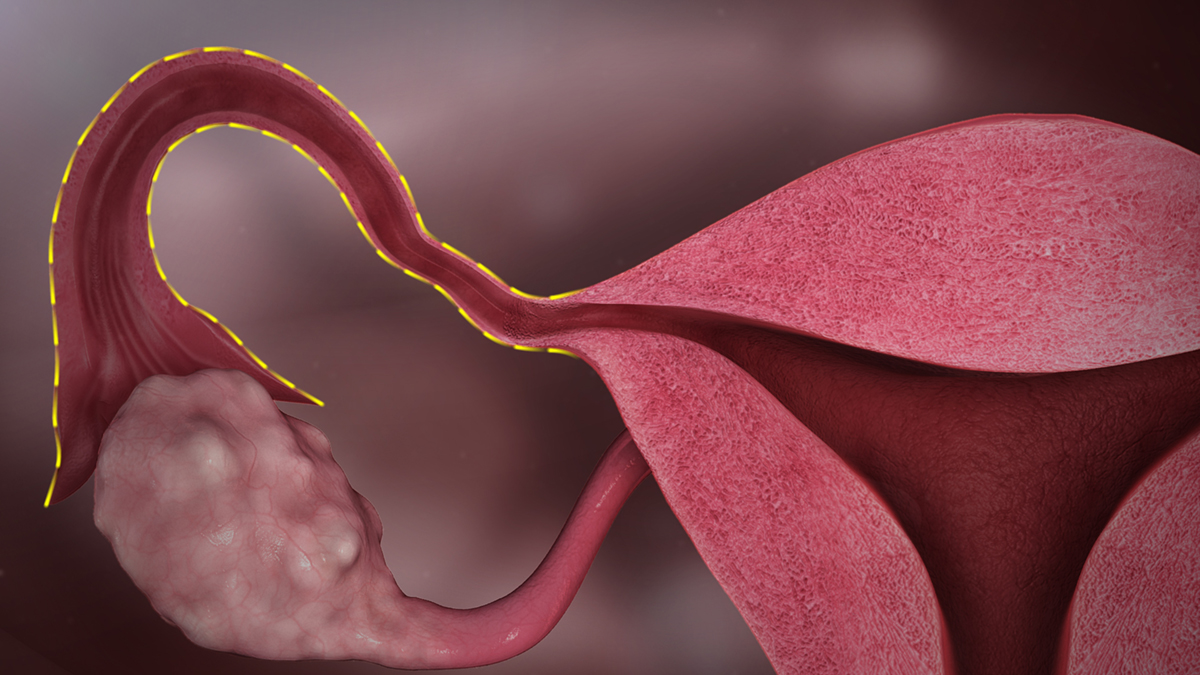
Information on Tubal Blockage
The beginning stages of the process of fertility usually involve figuring out all the different factors that may be preventing a pregnancy from occurring.
There are a few tests which need to be run and one of the most important is the one called hysterosalpingogram. Its purpose is to determine whether there are any types of blockage located in the fallopian tubes.
A good part of all female problems associated with infertility is caused by some blockage in the fallopian tubes, so this test is of utmost importance before proceeding with any other treatments required for proper fertility.
Causes of Tubal Blockage
Fallopian tubes may get blocked or abnormal by numerous different factors. These factors may or may not include adhesions, damaged fimbria, numerous different types of infections, damaged tube ends, infectious pelvic inflammatory diseases, endometriosis, non-infectious pelvic inflammatory diseases and scar tissue.
The most common of all causes of blocked fallopian tubes is the Chlamydia infections. This medical condition can sometimes occur and cause significant amounts of damage without ever being noticed.
Blocked tubes interfere with pregnancy because they prevent the sperm from getting to the egg. In most cases of blocked fallopian tubes it is not possible for an egg to pass the ovary or get to the uterus. Another potentially dangerous situation that may occur due to the blockage of the fallopian tubes is the ectopic pregnancy in which the egg gets fertilized in the tube and the embryo gets implanted in the tube as well because it cannot get to the uterus.
If the tube bursts, the condition leads to severe types of infections. Blockage in the fallopian tubes may also trigger a buildup of fluids which may end up in the uterus. If the uterus contains fluids, the implantation of the embryo in the lining of the uterine walls becomes impossible. This medical condition requires and IVF procedure.
Sometimes the condition needs to be treated with a laproscopic surgery which comes in really handy when it comes to unblocking the tubes and removing scar tissue.
Sometimes a blockage can be located on the very end of the fallopian tube and it is fairly easy to remove it. Chlamydia infections cause a lot of damage and the condition may be a little more severe, so they are very hard to unblock.
The blockage of fallopian tubes needs to be removed in most cases, and the only way to do that is to perform a surgical procedure.











_f_280x120.jpg)




Your thoughts on this
Loading...